Explore the best places
Monuments in Santiago do Cacém
Ruínas Romanas de Miróbriga
- heritage
Estrada das Cumeadas - EM550
7540-236, Santiago do Cacém
A fortified village of the late Bronze Age and Iron Age on which the romans later built a town. One can view temples, a commercial area, thermae, sidewalks and a horse racing track, among other vestiges. A special not to the roman circus that could welcome 25 thousand people. It is classed as a Public Interest Construction.
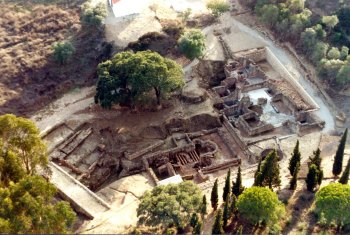
Igreja Matriz de Santiago do Cacém/ Tesouro da Colegiada de Santiago
- heritage
Rua do Castelo
7540, Santiago do Cacém
In this church, a special note to the lateral portico, to the dome that covers the high choir and to a stone 14th century gothic carving that represents Santiago fighting the moors. As the centuries passed, the building went through changes, thus showing vestiges of several epochs. The central and lateral naves, the Sun Door with a broken archivolt, the carvings by the choir and the tomb of Álvaro Mendes Brito are gothic examples. The manuelin style can also be seen on the nave. It has also baroque features. And then there are still the altars and the pulpit in …
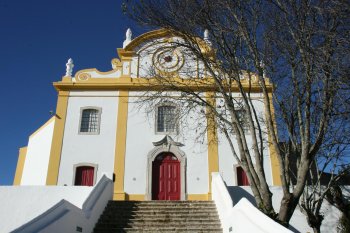
Castelo de Santiago do Cacém
- heritage
Rua de Santiago
7540, Santiago do Cacém
This castle has a rectangular plan and was probably founded during the morrish occupation. Conquered by the Portuguese crown in 1217, the king Dom Afonso II orderd the construction of a castle on the site and donated it to the religious Order of Santiago. With the passing of the years and after losing its military functions, it went through a decaying process. Inside there are vestiges of a cistern and several constructions.
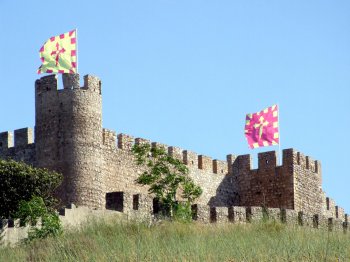
Moinho da Quintinha/ Cumeada
- heritage
Estrada das Cumeadas
7540, Santiago do Cacém
A masonry mill with a conical tower. It has been functioning since 1982. Everitime the weather permits it, the tourists may watch the traditional procedures of grinding the cereals. The Quintinha Mill is the only current school about mills in Portugal.

Palácio dos Condes de Avillez
- heritage
Rua Condes de Avillez
7540, Santiago do Cacém
The façade of this building follows two different lines, one with several windows and doors around a central vertical body, and the other with several windows with iron grates. The back of the building was turned into a leisure and spiritual refuge area with three interesting architectural features: a small Swiss chalet (The Tea House), a revivalist and eclectic chapel and an interesting traingualar building, named the Hothouse.
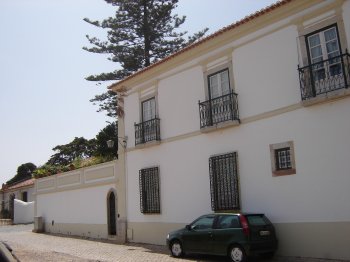
Igreja Matriz de São Francisco da Serra
- heritage
Praça José Pedro Guerreiro Malhadais
7540, São Francisco da Serra
A church with one sole nave and frescoes of the 16th and 17th centuries that show angels with incense, dressed in the 1500s fashion, and also a group of images related to the life of Jesus.
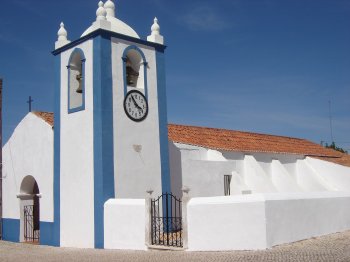
Capela de São Pedro
- heritage
Passeio das Romeirinhas
7540, Santiago do Cacém
The chapel, which burned in 1895, has very simple lines, with a masonry portal and an opening on the fronton, composed of a high altar and a sacristy. Two different architectural modules can be viewd here. Inside, one can find a John Paul II tile of the 1980s and a Saint Peter of the 18th century.

Capela de Nossa Senhora da Graça
- heritage
IC33
7500, Santo André
A small rural temple where the pilgrims come. A special note to its general architectural quality and to the chapel's tiles.
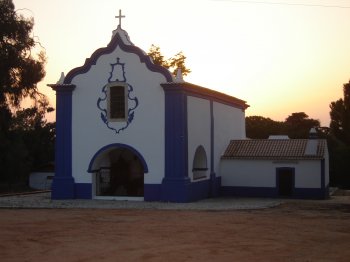
Igreja Matriz de São Bartolomeu da Serra
- heritage
Beco 1º de Maio
7540, São Bartolomeu da Serra
The oldest temple feature is the primitive image of its patron saint - Saint Bartholomew - in calcareous rock (14th century), currently in the parish residence of Santiago do Cacém.
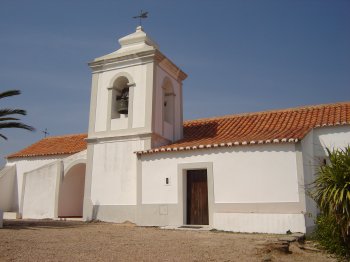
Igreja Matriz de Nossa Senhora Abela
- heritage
Rua Padre Hermano de Almeida Lima
7540, Abela
A church inspired by the French models, which can be seen in the fact that beeltower is on the façade, forming a façade-tower, and in the arch with round archivolts that stand on very fine columns.
